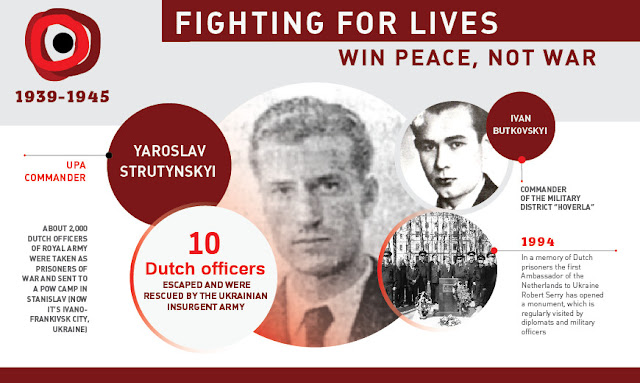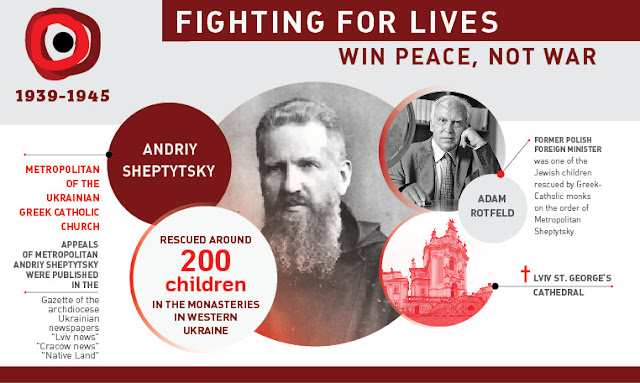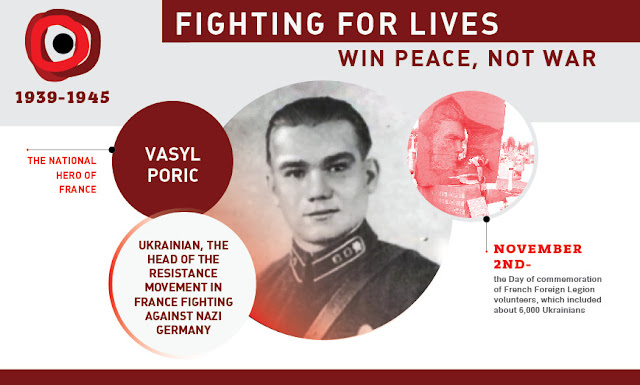Міністерство закордонних справ України, Представництво ЄС в Україні, “Європейська Правда” та Радіо ЄС запустили новий проект #BeEuropean.
Євроінтеграція — це набагато більше, ніж державна політика, тема для переговорів або комплексні реформи. Насамперед — це зміни у свідомості людей.
Час обмінятися думками та враженнями: що особисто для Вас означає фраза “бути європейцем”?
Адже європейці дуже різні! І це підтверджує слоган ЄС: “Єдність у різноманітності”.
В рамках нашого нового проекту ви дізнаєтеся як живуть, працюють та відпочивають в країнах Європи, з яких звичок та правил складається буденне життя європейця. Ми розповімо вам цікаві факти про європейські країни та сподіваємося, що ці історії стануть натхненням для кожного з нас.
Пропонуємо всім нашим читачам приєднатися до проекту та розповісти свої історії, які б проілюстрували, що для кожного з нас означає #BeEuropean!
Напишіть, що вас найбільше здивувало та вразило в країнах Європи, поділіться власним досвідом волонтерства, здорового способу життя або будь-чим іншим, що, на вашу думку, є гарним прикладом того, як бути європейцем!
Публікуйте свої історії під хештегом #BeEuropean на Фейсбуці та у Твіттері, додавайте яскраві фото або відео та обов’язково робіть у Фейсбуці тег @Міністерство закордонних справ України / MFA of Ukraine, щоб ми побачили ваш пост.
Давайте заохочувати один одного робити корисні та добрі справи!
Що означає бути європейцем для Міністра закордонних справ України Павла Клімкіна:
Переглянути всі дописи учасників кампанії ми можете на сторінці МЗС у Storify.
Щодня на сторінках МЗС у Фейсбуці та Твіттері публікуються матеріали про те, що означає #BeEuropean в різних європейських країнах.
Щодня о 8:45, 14:15 та 16:45 ви зможете почути цікаві факти #BeEuropean, а також щогодини думки пересічних та відомих людей в рамках нашої кампанії на Радіо ЄС — Європейська Станція. Також у будь-який час всі факти та Ваші дописи доступні на сайті “Європейської правди”.
А для найяскравіших історій ми підготували особливий сюрприз! Їхні автори отримають шанс відвідати Брюссель! На Вас чекають відвідини Представництва України при ЄС, а також екскурсія до Європейського парламенту. Переможців визначатимуть організатори проекту.
Факти #BeEuropean, які вже були оприлюднені в рамках проекту можна переглянути за посиланням: https://goo.gl/O6onq4
Долучайтеся до нашої кампанії та #BeEuropean :)
Долучайтеся до нашої кампанії та #BeEuropean :)






